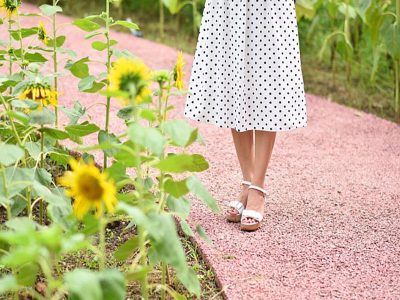From Pink Chiffon to Ethiopian Tradition A Journey in LDS Hope Temple Dress
Pink chiffon and Ethiopian tradition may seem like an unlikely pair, but for members of The Church of Jesus Christ of Latter-day Saints (LDS), these elements come together in a truly unique way through the design of temple attire. The sacred clothing worn inside LDS temples represents more than just cultural aesthetics – it carries deep spiritual significance for those who wear it. This journey from feminine pastels to rich cultural heritage reflects the diverse backgrounds and beliefs of LDS members around the world.
Table of Contents
pink chiffon tulle dress

Pink chiffon tulle dresses are a whimsical and romantic choice for any special occasion. The delicate chiffon fabric gives a light and airy feel to the dress, while the tulle layers add volume and a princess-like quality. The soft pink color is perfect for a feminine and elegant look.
Whether you’re attending a spring wedding, prom, or a fancy dinner party, a pink chiffon tulle dress is sure to turn heads and make you feel like a princess. Pair it with some sparkly heels and a clutch for a complete and stunning look.
You can opt for a simple and flowy silhouette or a more structured design with intricate lace or beading details. Whichever style you choose, a pink chiffon tulle dress will make you feel like a million bucks and leave you feeling confident and beautiful.
So go ahead, indulge in the dreamy and ethereal world of pink chiffon tulle dresses and let your inner princess shine through.
ethiopian traditional dress male

Ethiopian traditional dress for men is a reflection of the country’s rich culture and history. The most common traditional attire for men in Ethiopia is the ‘shamma’, a large, white cotton wrap that is worn like a toga. The shamma is typically embellished with colorful patterns along the edges, making it a vibrant and eye-catching garment.
In addition to the shamma, men in Ethiopia also wear a knee-length tunic called a ‘kuta’, which is often made from beautiful handwoven fabrics. The kuta is typically adorned with intricate embroidery and can be paired with matching pants or shorts.
Ethiopian men also wear accessories such as scarves, belts, and beaded jewelry to complete their traditional look. These accessories are often handmade and feature traditional Ethiopian motifs and symbols.
Overall, Ethiopian traditional dress for men is a blend of vibrant colors, intricate patterns, and exquisite craftsmanship. It is a true representation of Ethiopia’s diverse cultural heritage and a source of pride for its people.
Lds hope temple dress

The LDS Hope Temple Dress is a symbol of faith and purity for members of The Church of Jesus Christ of Latter-day Saints. This exquisite white dress is worn by women as they enter the temple to participate in sacred ordinances and ceremonies.
The Hope Temple Dress is a simple yet elegant gown, typically made of high-quality fabrics such as satin or chiffon. It features delicate lace detailing and modest sleeves, in keeping with LDS guidelines for temple attire. The white color represents purity and the commitment to living a life in accordance with the teachings of the church.
For LDS women, wearing the Hope Temple Dress is a deeply spiritual experience. It serves as a reminder of their dedication to God and their desire to live a righteous and virtuous life. The dress is a tangible symbol of their faith and the hope they have in the promises of the gospel.
Before wearing the Hope Temple Dress, women must go through a process of preparation and worthiness, including attending temple classes and interviews with church leaders. This ensures that they are spiritually prepared to enter the temple and participate in the sacred ordinances.
The Hope Temple Dress is a cherished garment for LDS women, representing their commitment to their faith and the eternal blessings that come from living according to the teachings of the church. It is a symbol of hope and purity, reminding women of their divine potential and the promises of exaltation in the afterlife.
As she walks through the doors of the LDS Hope Temple, she feels a sense of peace and belonging like never before. The transition from her pink chiffon dress to the traditional Ethiopian attire is a reflection of her journey in faith and cultural identity. In this sacred space, she embraces both aspects of herself, finding harmony in the blending of her heritage and her beliefs. With each step, she feels grateful for the opportunity to honor her past while also embracing her present and future in the LDS community.
The information in the article is reproduced from the Internet for the purpose of conveying more information, and does not mean agreeing with its views or confirming the authenticity of its content. If other media, websites or individuals download and use it from this website, they must retain the "source of manuscript" indicated on this website and bear their own legal responsibilities such as copyright. If you have any questions about the content of the manuscript, please contact us in time.
推荐阅读
-

Chic and Comfortable Teacher Dress Designs featuring Short Caftan and Pagne Midi Dresses
-

The Ultimate Guide to Dressing Your Newborn for Dasher and MSA Dress Codes Finding the Perfect Shoes
-

Dress to Impress Church Outfit Ideas featuring H&M Midi Low Neck Dress in Hong Kong
-

Meena Ladies White Bodysuit Dress Elevate Your Look with High-End Dress Sneakers